Architectural travel: a guide to Sub-Saharan Africa
Architectural travel gets easier and more exciting, be it in person or from your sofa, with this epic seven-volume guide to Sub-Saharan Africa

This new seven-volume set of architecture books and guides is not just a boon to the armchair traveller, but a vital counterpoint to the modern architectural debate. Following years of research, editors Philipp Meuser and Adil Dalbai have set about re-educating the rest of the world about the huge variety and scope of architecture on the African continent – and architectural travel in the region.
The figures speak for themselves; in addition to enlisting 350 collaborating authors (contributing 200 essays on every single facet of architectural culture), the books run to a total of 3,412 pages and include a total of 850 buildings and projects in the 49 countries of Sub-Saharan Africa.
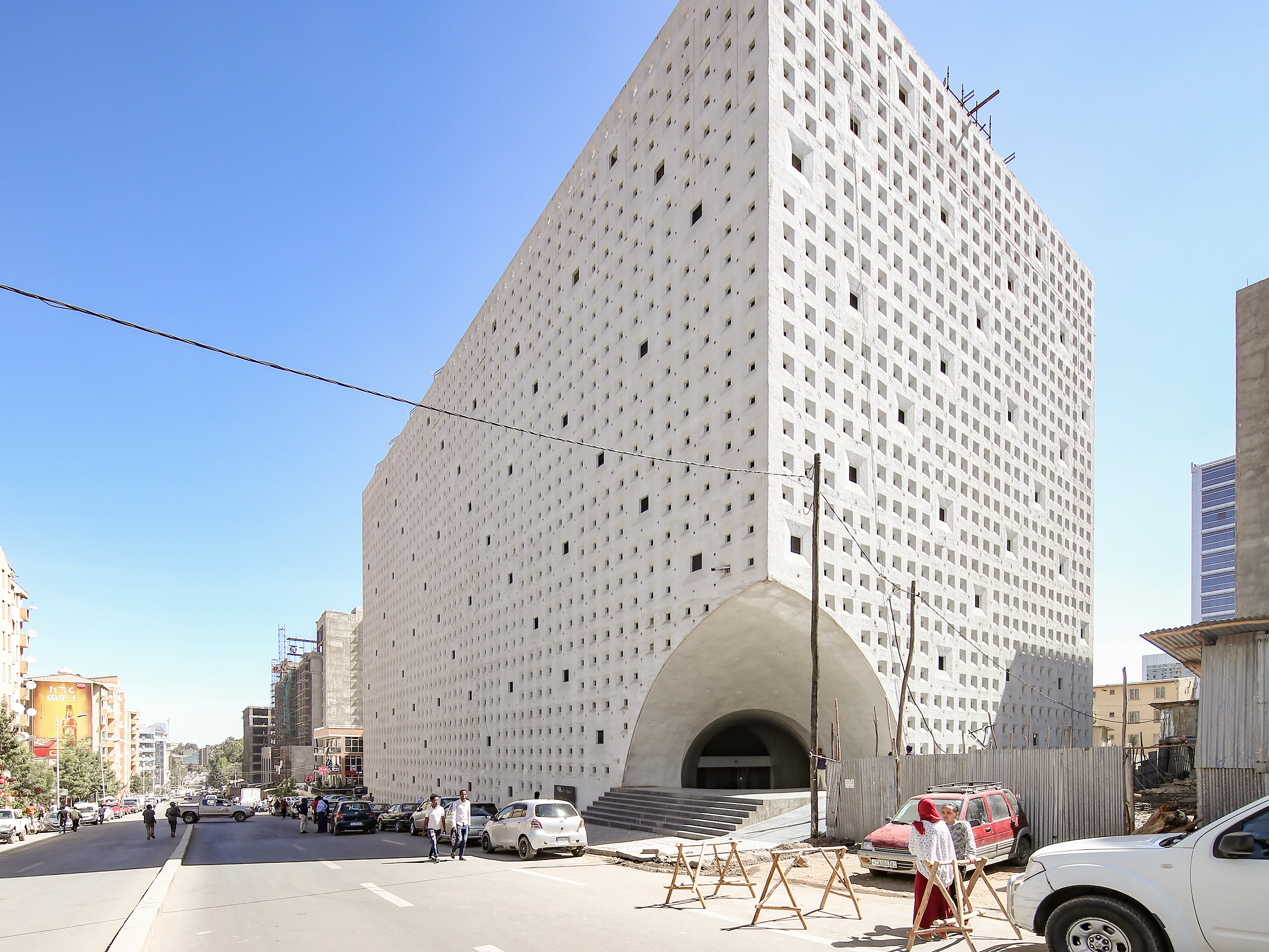
Lideta Mercato Shopping Centre, Addis Ababa, Ethiopia, designed by Xavier Vialta.
Many architectural commentators and publications, Wallpaper* included, can probably admit to being less than perfectly well informed about the debates, differences and diversity of African architecture. The huge scope of the work is apparent in the series’ scale, for Meuser and Dalbai cover everything from traditional vernacular architecture through to colonial interventions, diplomatic ventures, indigenous modernism and the various manifestations of religious architecture in all its forms, from massive Catholic cathedrals to mosques. While recent years have seen a resurgence of interest in, say, the modernist architecture of Ethiopia (an import from the nation’s days as an Italian colony), or the art deco and Bauhaus-style architecture in Burundi, these books contain countless other examples.
Ultimately, the Sub-Saharan Africa Architectural Guide is not just a gazetteer, but an informed investigation of the state of African architecture today. The contemporary works on show demonstrate the growing scope of engagement with architecture and building design right across the continent, while the essays provide essential context. Along the way, there are examples of work that address Africa’s challenges with urbanism, sprawl, and shanty towns, with new approaches to self-building, pre-fabrication, community architecture and re-engagement with traditional methods and styles. Highly recommended for any form of architectural travel and anyone seeking a better insight into built culture in all its forms.
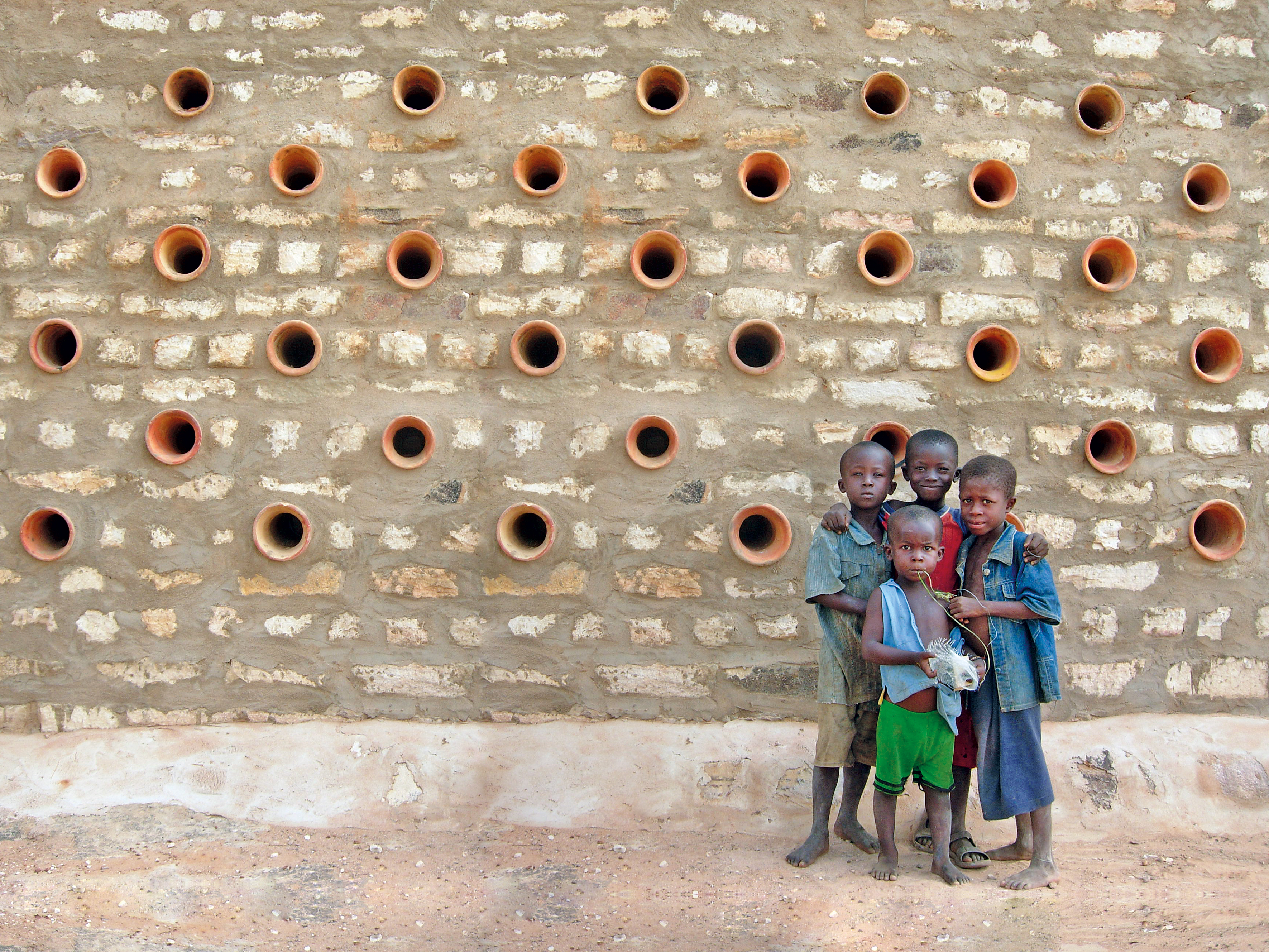
Naturally ventilated warehouse, Mopti region, Mali.

Traditional thatched roof huts, Zimbawbe.
INFORMATION
Sub-Saharan Africa Architectural Guide, edited by Philipp Meuser and Adil Dalbai
DOM publishers, €148
Wallpaper* Newsletter
Receive our daily digest of inspiration, escapism and design stories from around the world direct to your inbox.
Jonathan Bell has written for Wallpaper* magazine since 1999, covering everything from architecture and transport design to books, tech and graphic design. He is now the magazine’s Transport and Technology Editor. Jonathan has written and edited 15 books, including Concept Car Design, 21st Century House, and The New Modern House. He is also the host of Wallpaper’s first podcast.
-
 All-In is the Paris-based label making full-force fashion for main character dressing
All-In is the Paris-based label making full-force fashion for main character dressingPart of our monthly Uprising series, Wallpaper* meets Benjamin Barron and Bror August Vestbø of All-In, the LVMH Prize-nominated label which bases its collections on a riotous cast of characters – real and imagined
By Orla Brennan
-
 Maserati joins forces with Giorgetti for a turbo-charged relationship
Maserati joins forces with Giorgetti for a turbo-charged relationshipAnnouncing their marriage during Milan Design Week, the brands unveiled a collection, a car and a long term commitment
By Hugo Macdonald
-
 Through an innovative new training program, Poltrona Frau aims to safeguard Italian craft
Through an innovative new training program, Poltrona Frau aims to safeguard Italian craftThe heritage furniture manufacturer is training a new generation of leather artisans
By Cristina Kiran Piotti
-
 Ten contemporary homes that are pushing the boundaries of architecture
Ten contemporary homes that are pushing the boundaries of architectureA new book detailing 59 visually intriguing and technologically impressive contemporary houses shines a light on how architecture is evolving
By Anna Solomon
-
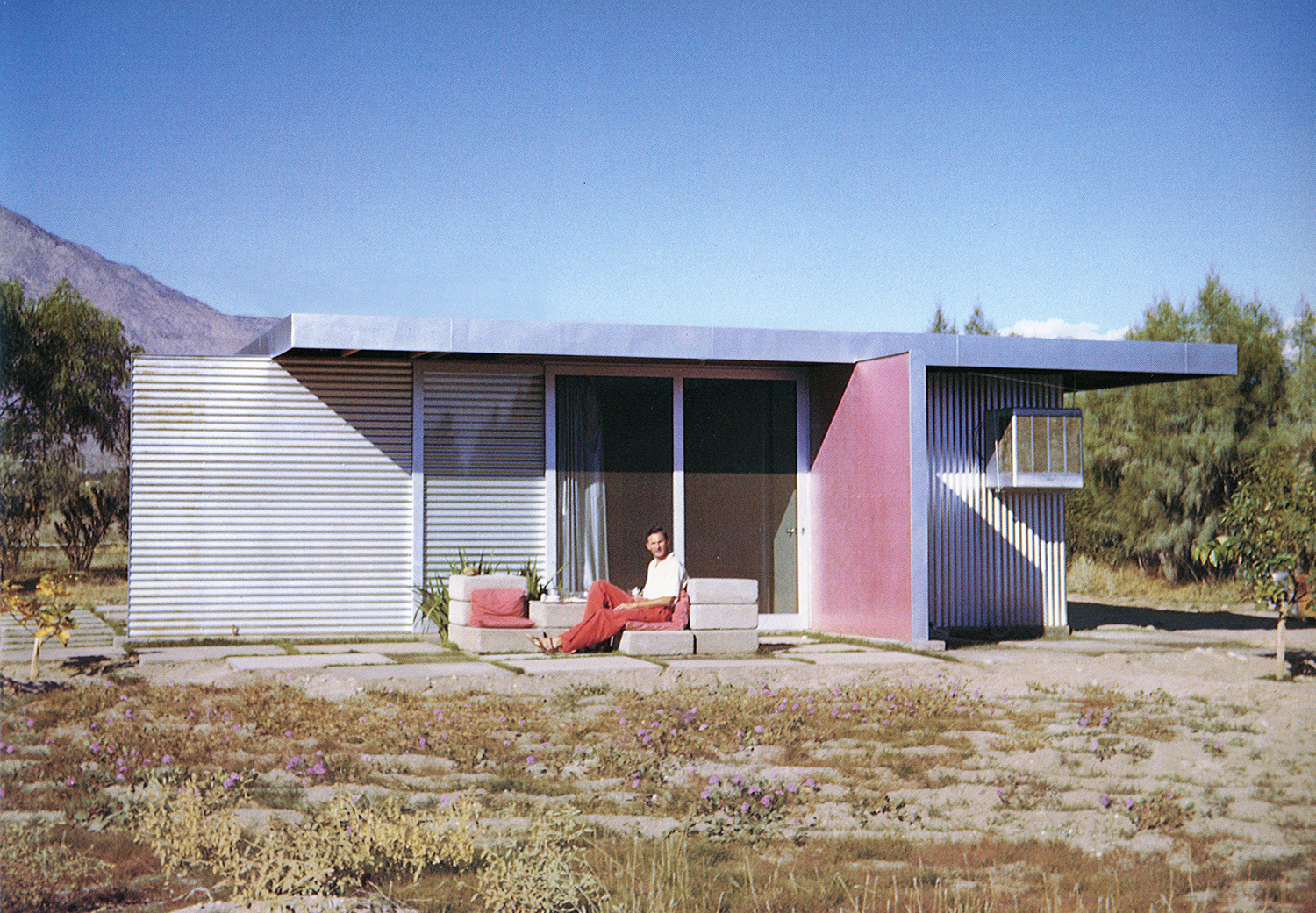 Take a deep dive into The Palm Springs School ahead of the region’s Modernism Week
Take a deep dive into The Palm Springs School ahead of the region’s Modernism WeekNew book ‘The Palm Springs School: Desert Modernism 1934-1975’ is the ultimate guide to exploring the midcentury gems of California, during Palm Springs Modernism Week 2025 and beyond
By Ellie Stathaki
-
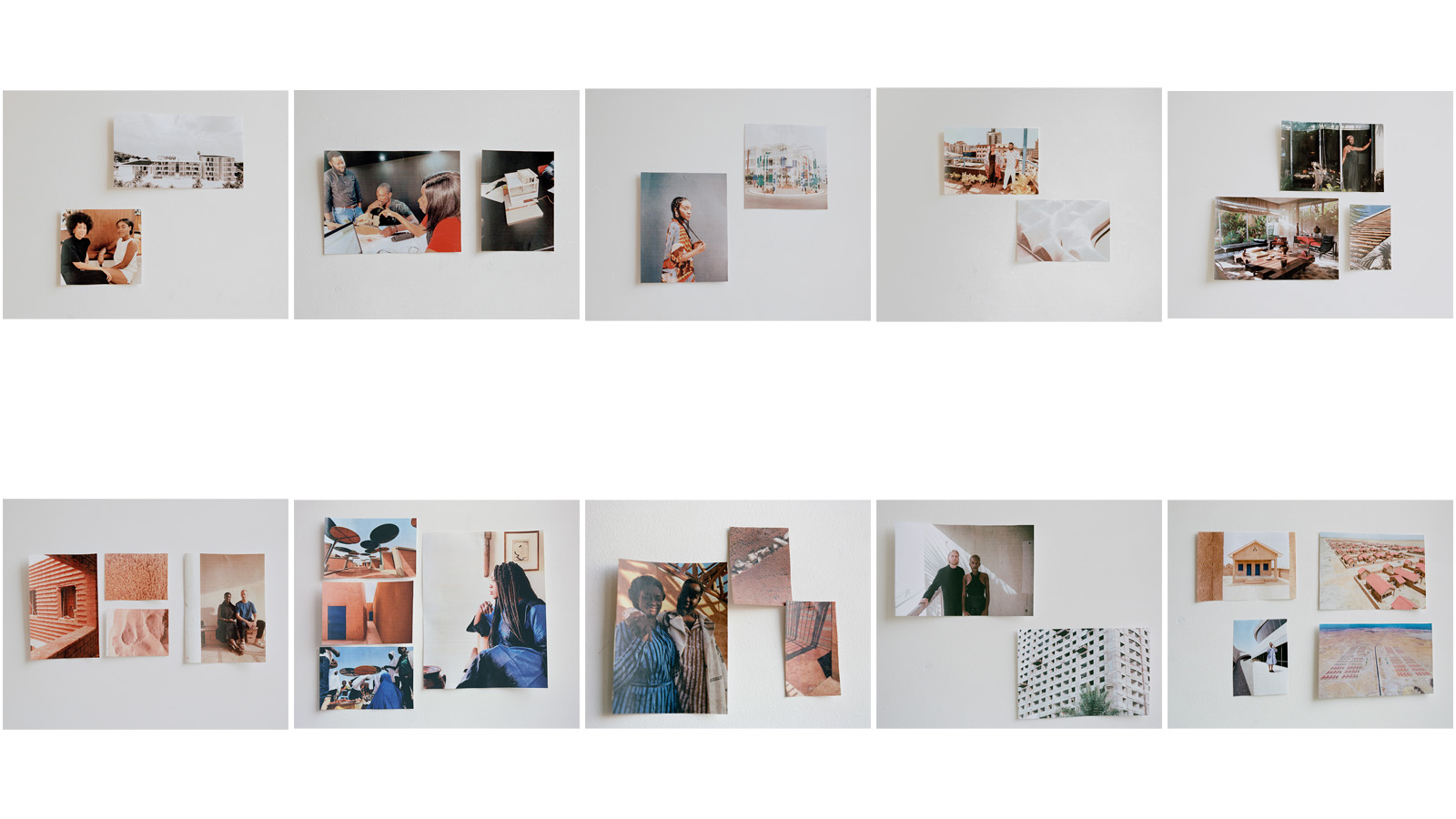 The 10 emerging West African architects changing the world
The 10 emerging West African architects changing the worldWe found the most exciting emerging West African architects and spatial designers; here are the top ten studios from the region revolutionising the spatial design field
By Ellie Stathaki
-
 Meet Minnette de Silva, the trailblazing Sri Lankan modernist architect
Meet Minnette de Silva, the trailblazing Sri Lankan modernist architectSri Lankan architect Minnette de Silva is celebrated in a new book by author Anooradha Iyer Siddiq, who looks into the modernist's work at the intersection of ecology, heritage and craftsmanship
By Léa Teuscher
-
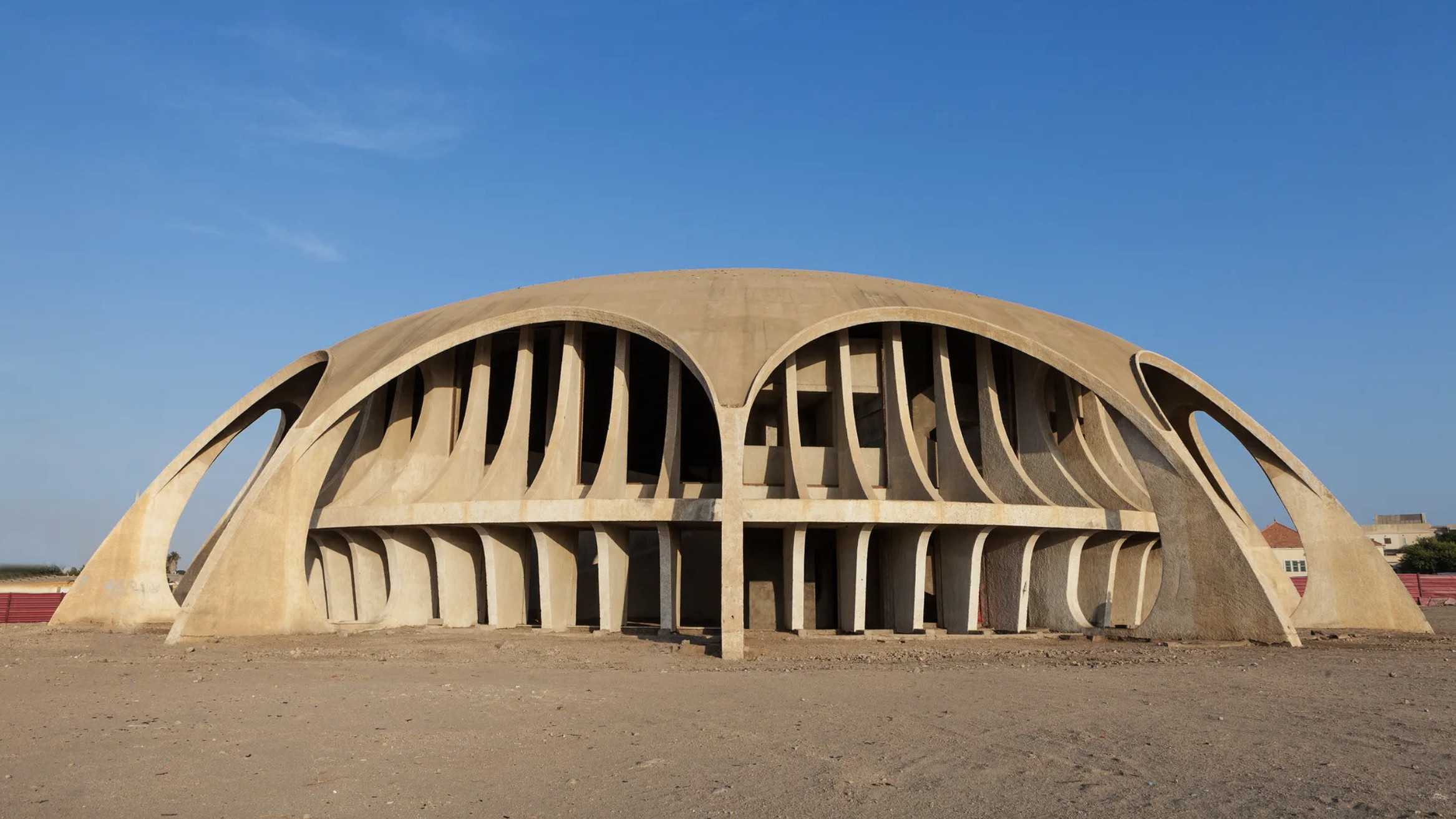 The World Monuments Fund has announced its 2025 Watch – here are some of the endangered sites on the list
The World Monuments Fund has announced its 2025 Watch – here are some of the endangered sites on the listEvery two years, the World Monuments Fund creates a list of 25 monuments of global significance deemed most in need of restoration. From a modernist icon in Angola to the cultural wreckage of Gaza, these are the heritage sites highlighted
By Anna Solomon
-
 ‘Architecture Encounters’ traces period-defining built environment stories in Togo and West Africa
‘Architecture Encounters’ traces period-defining built environment stories in Togo and West Africa‘Architecture Encounters’ (Les Rencontres Architecturales de Lomé) in Togo celebrates and explores West Africa’s rich heritage through the prism of conservation and transformation, kicking off with two days of talks, workshops, exhibitions and tours at Palais de Lomé
By Ijeoma Ndukwe
-
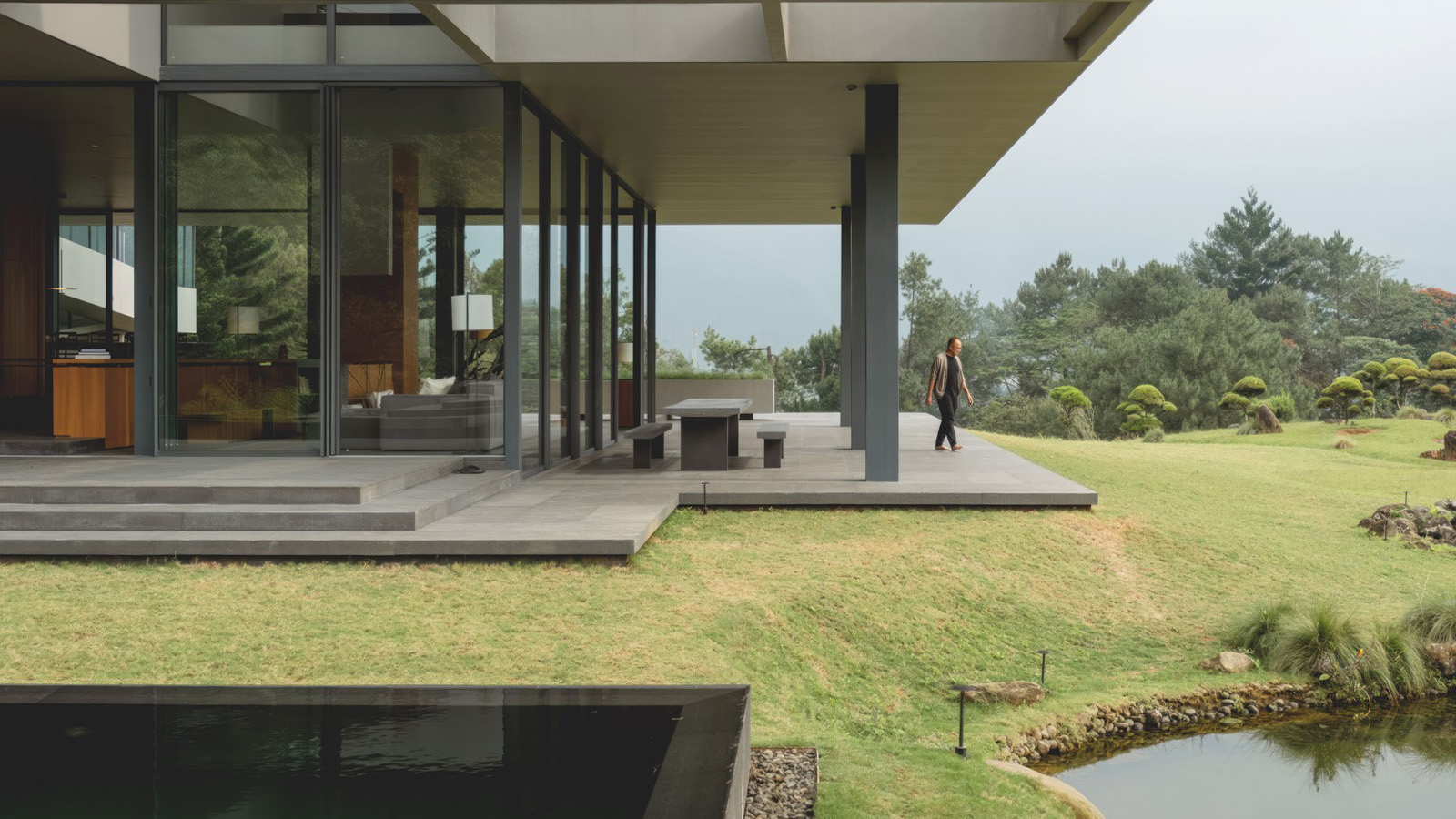 'Tropicality' explored in Indonesian architect Andra Matin’s first monograph
'Tropicality' explored in Indonesian architect Andra Matin’s first monograph'Tropicality' is a key theme in a new book on Indonesian architect Andra Matin, whose work blends landscape, architecture and living
By Harriet Thorpe
-
 ‘A Time ⋅ A Place’ is a lovingly compiled photographic portrait of cars and architecture
‘A Time ⋅ A Place’ is a lovingly compiled photographic portrait of cars and architecture‘A Time ⋅ A Place’ is a celebration of the European Car of the Year and changing perceptions of modern design, pairing the best buildings of the age with their automotive contemporaries
By Jonathan Bell